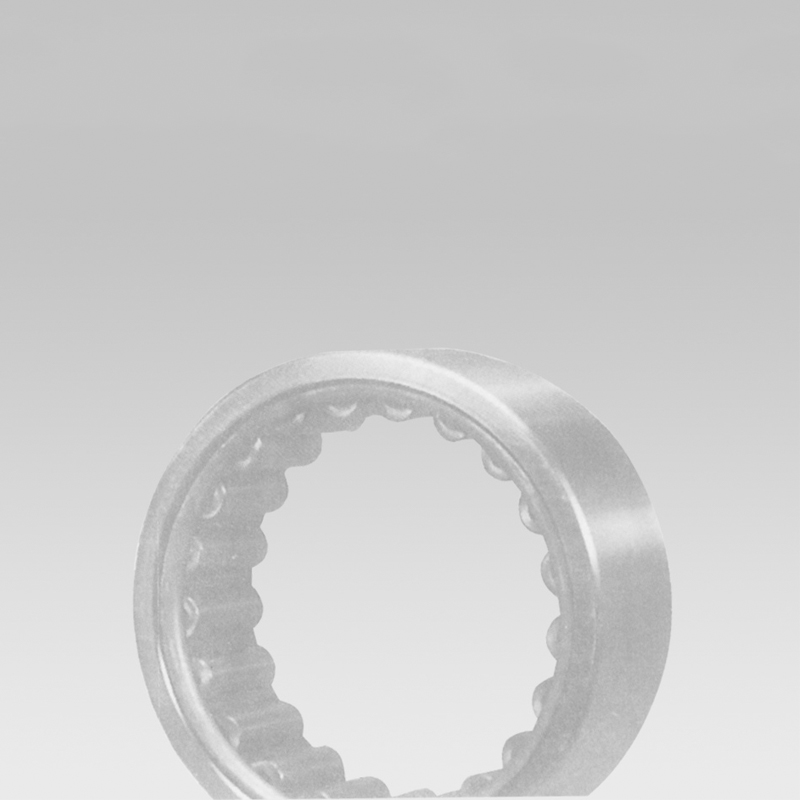
окт. . 31, 2024 22:28 Back to list
Selecting the Right Size for Tapered Roller Bearings in Your Application
Understanding Taper Roller Bearing Size
Taper roller bearings are essential components in various mechanical systems, renowned for their ability to support both radial and axial loads. The design of these bearings allows them to manage heavy loads with minimal friction, enhancing the overall efficiency of the machinery in which they are used. One of the critical factors in the performance of a taper roller bearing is its size, which directly affects the bearing's load-carrying capacity and operational lifespan.
Key Size Parameters
The size of taper roller bearings is defined by several critical dimensions including inner diameter (ID), outer diameter (OD), and width (W). These measurements are vital for ensuring that the bearing fits correctly within its housing and interacts optimally with other components.
1. Inner Diameter (ID) This is the diameter of the hole in the center of the bearing, allowing it to fit onto a shaft. A properly sized inner diameter ensures a secure fit, which is crucial for efficient load transfer and reducing wear.
2. Outer Diameter (OD) The outer diameter is the measurement of the bearing’s external ring. It determines how the bearing fits into a housing and bears the surrounding structures' loads. An accurate outer diameter is essential for maintaining alignment and preventing premature failure.
3. Width (W) The width of the bearing is also essential. It influences the bearing's ability to carry loads, with wider bearings generally handling heavier loads. This dimension must be considered alongside the OD and ID for optimal performance.
Load Ratings and Taper Angles
taper roller bearing size

In addition to these size parameters, the load ratings and taper angles of the bearings are vital factors that affect their size and application. Load ratings indicate how much weight a bearing can support, which is determined through detailed calculations and testing. Taper angles, usually between 3 to 28 degrees, are designed to facilitate axial loads while allowing smooth radial movements.
Understanding these factors is critical when selecting the appropriate taper roller bearing for a specific application. Incorrect bearing sizes or inadequate load ratings can lead to inefficiencies, excessive wear, and ultimately, bearing failure.
Application Considerations
When choosing taper roller bearings, it’s important to consider the application they will be used for. Industries such as automotive, aviation, and heavy machinery often require bearings that can withstand extreme conditions. For example, in the automotive industry, the size and type of taper roller bearings can significantly affect a vehicle's handling and performance.
Moreover, environmental conditions like temperature, lubrication type, and exposure to contaminants can influence the bearing's operational lifespan. Therefore, selecting the correct size and type of taper roller bearing is crucial in enhancing equipment reliability and performance.
Conclusion
In summary, taper roller bearings play a vital role in modern machinery by providing robust support for loads. Understanding the importance of size, including inner and outer diameters and width, alongside load ratings and taper angles, is essential for anyone involved in mechanical design and engineering. Proper selection and sizing of taper roller bearings not only improve operational efficiency but also extend the lifespan of the system, ensuring reliable performance across various industries. Whether in automotive applications or heavy machinery, the right taper roller bearing can make a significant difference in overall effectiveness.
Latest news
-
Premium Deep Groove Ball Bearings | High Speed & Reliability
NewsAug.29,2025
-
Durable Scaffolding Clamps - Secure & Reliable Tube Connectors
NewsAug.28,2025
-
Common Failures in Thrust Ball Bearings and Solutions
NewsAug.22,2025
-
How Tapered Roller Bearings Can Take Shock Loads
NewsAug.22,2025
-
Angular Bearings in High-Precision Spindles
NewsAug.22,2025
-
The Impact of Misalignment on Cylindrical Roller Bearing Performance
NewsAug.22,2025
